Home>Health & Lifestyle>Mindfulness & Relaxation Spaces>Why Is My Essential Oil Diffuser Not Working
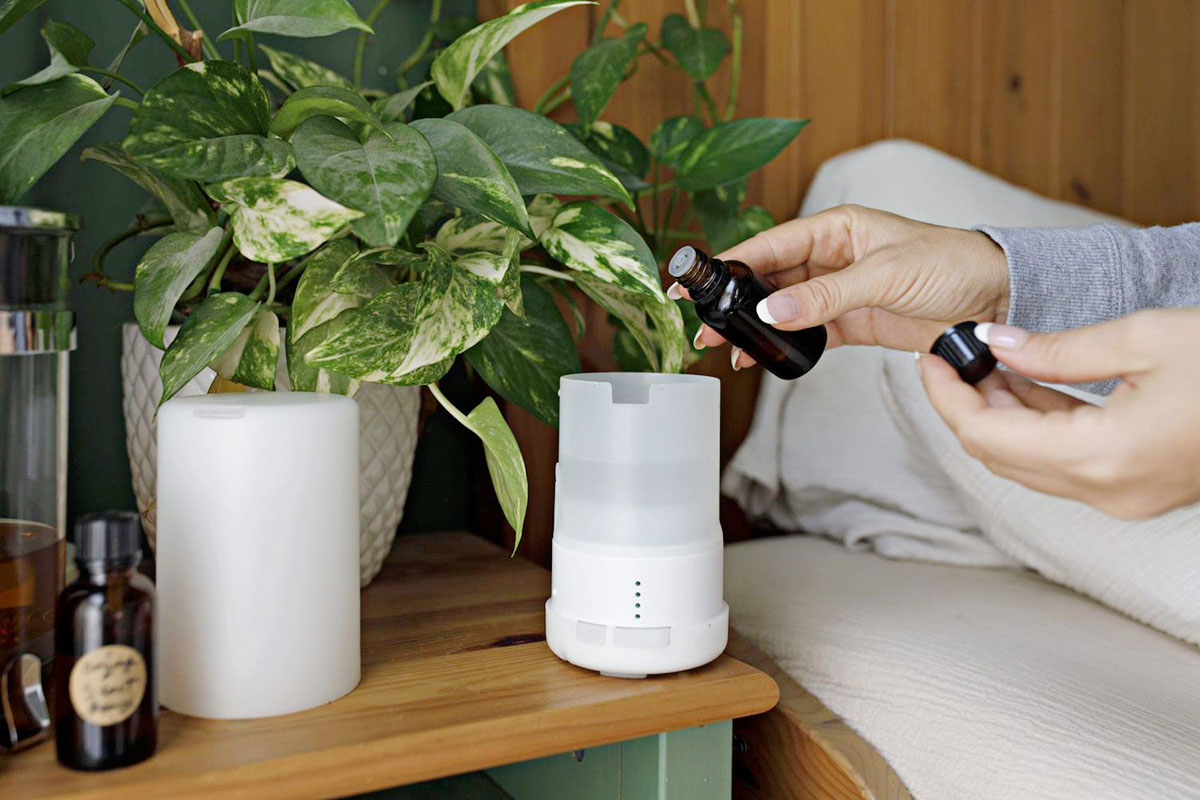

Mindfulness & Relaxation Spaces
Why Is My Essential Oil Diffuser Not Working
Modified: August 16, 2024
Discover the reasons why your essential oil diffuser may not be functioning properly and how to troubleshoot it for your mindfulness and relaxation spaces.
(Many of the links in this article redirect to a specific reviewed product. Your purchase of these products through affiliate links helps to generate commission for Storables.com, at no extra cost. Learn more)
Introduction
So, you've been looking forward to unwinding after a long day by indulging in the soothing aromas of your essential oil diffuser, only to find that it's not working as expected. Fret not, as we delve into the common reasons why your essential oil diffuser might be acting up and explore troubleshooting steps to revive its functionality.
Whether you're a seasoned aromatherapy enthusiast or a newcomer to the world of essential oils, encountering issues with your diffuser can be a frustrating experience. However, with a bit of troubleshooting and maintenance, you can often rectify the situation and restore your diffuser to its tranquil, aromatic glory.
In this comprehensive guide, we'll walk through various potential issues that may be causing your essential oil diffuser to malfunction. From checking the power source to examining the essential oil and diffuser components, we'll cover each aspect in detail, equipping you with the knowledge to identify and resolve the problem at hand.
So, grab your favorite essential oil blend, take a deep breath, and let's embark on a journey to troubleshoot and revitalize your essential oil diffuser.
Key Takeaways:
- Troubleshoot your essential oil diffuser by checking the power source, cleaning the diffuser, and inspecting the water level and essential oils. Regular maintenance ensures a tranquil aromatic experience.
- Ensure your essential oil diffuser’s optimal performance by examining its components and using high-quality oils. Regular cleaning and care prolong its lifespan and enhance your relaxation experience.
Check the Power Source
Before delving into the intricacies of the diffuser itself, it's crucial to ensure that the power source is functioning as expected. Start by checking if the diffuser is properly plugged into a working electrical outlet. Sometimes, the simplest solution is the most effective, and a loose connection or power outage may be the root cause of the issue.
Additionally, inspect the power cord for any signs of damage, such as fraying or exposed wires. If any such issues are present, refrain from using the diffuser until the cord has been safely replaced to prevent potential electrical hazards.
If your diffuser operates using batteries, ensure that they are inserted correctly and have an adequate charge. Replacing old or depleted batteries with fresh ones can often resolve power-related issues.
Furthermore, consider testing the outlet with another electronic device to verify that it is indeed providing power. This simple step can help pinpoint whether the problem lies with the diffuser or the electrical supply.
By conducting a thorough assessment of the power source, you can eliminate potential external factors that may be impeding the proper functioning of your essential oil diffuser. Once you've confirmed that the power source is not the issue, we can proceed to explore other potential causes of the malfunction.
Clean the Diffuser
One of the most common reasons for an essential oil diffuser to underperform is the accumulation of residue and impurities, which can hinder its functionality and diminish the diffusion of aromatic oils. Regular maintenance and cleaning are essential to ensure the optimal operation of your diffuser.
Begin by referring to the manufacturer’s instructions for specific cleaning guidelines, as different diffuser models may have varying requirements. In general, the following steps can serve as a basic cleaning protocol for most diffusers:
- Unplug the diffuser from the power source before cleaning to prevent any electrical mishaps.
- Empty any remaining water from the reservoir and discard it.
- Use a soft, lint-free cloth to wipe the inside of the reservoir, removing any residual water and oil buildup. Avoid using harsh chemicals or abrasive materials, as these can damage the diffuser.
- Dip a cotton swab in rubbing alcohol and carefully clean the ultrasonic plate or nebulizer (depending on the type of diffuser) to remove any potential blockages or buildup, which can impede the diffusion process.
- Rinse the reservoir with plain water and wipe it dry with a clean cloth to ensure that no cleaning agents or residue remain.
- Allow the diffuser to air dry thoroughly before refilling it with water and essential oils for future use.
It’s important to note that essential oil residue can accumulate over time, potentially clogging the diffuser and diminishing its effectiveness. By incorporating regular cleaning into your diffuser maintenance routine, you can prevent such issues and prolong the lifespan of your device.
Once the diffuser has been thoroughly cleaned and maintained, you may find that it operates more efficiently and effectively, allowing you to fully immerse yourself in the enchanting aromas of your favorite essential oils.
Check the Water Level
The water level in your essential oil diffuser plays a pivotal role in its proper operation. Insufficient water can impede the diffusion of essential oils and may even lead to potential damage to the device. Conversely, overfilling the reservoir can also cause issues, affecting the diffuser’s performance.
Before each use, ensure that the water level in the diffuser reservoir adheres to the manufacturer’s recommended guidelines. Most diffusers have a clearly marked maximum fill line, which should not be exceeded. Overfilling the reservoir can result in water spilling into the internal components, potentially causing electrical malfunctions or other damage.
If your diffuser features a low water level sensor, it may automatically shut off when the water level becomes insufficient to prevent overheating or damage. In such cases, refilling the reservoir to the appropriate level should resolve the issue and allow the diffuser to function as intended.
Regularly monitoring the water level and ensuring that it aligns with the manufacturer’s specifications can help maintain the optimal performance of your essential oil diffuser. By doing so, you can enjoy a seamless diffusion experience and prolong the longevity of your beloved aromatherapy companion.
Check if the water level is too high or too low, and make sure the power cord is properly connected. Clean the device regularly to prevent clogs and ensure proper functioning.
Inspect the Essential Oil
While the essential oil diffuser itself is a crucial component in the diffusion process, the quality and composition of the essential oil used can significantly impact its performance. Before attributing any issues to the diffuser, it’s essential to inspect the essential oil being utilized.
Begin by verifying the quality and purity of the essential oil. Pure, high-quality oils are less likely to leave residue or impurities that could obstruct the diffuser’s operation. Conversely, lower-quality or adulterated oils may contain additives or impurities that can accumulate within the diffuser, leading to diminished functionality over time.
Furthermore, certain essential oils have a thicker consistency or higher viscosity, which can potentially clog the diffuser’s ultrasonic plate or nebulizer. If you notice that a particular oil consistently causes issues with your diffuser, consider diluting it with a carrier oil or using it in moderation to prevent buildup and ensure smooth diffusion.
Additionally, some essential oils, particularly those with resinous or heavy aromatic profiles, may leave behind a more pronounced scent or residue. While this is a natural characteristic of certain oils, it’s important to clean the diffuser more frequently when using such oils to maintain its optimal functionality.
By carefully examining the essential oil being utilized and taking steps to ensure its quality and compatibility with your diffuser, you can mitigate potential issues and promote a seamless diffusion experience. Selecting high-quality oils and adhering to recommended usage guidelines can contribute to the overall performance and longevity of your essential oil diffuser.
Read more: How Does An Essential Oil Diffuser Work
Examine the Diffuser Parts
When troubleshooting a malfunctioning essential oil diffuser, a thorough examination of its individual components can provide valuable insights into the root cause of the issue. By inspecting the various parts and mechanisms, you can identify potential areas of concern and take appropriate measures to restore the diffuser’s functionality.
Start by examining the ultrasonic plate or nebulizer, depending on the type of diffuser you have. These components are integral to the diffusion process, and any obstruction or damage can hinder the generation of fine mist and the dispersion of essential oils. Check for any visible debris, mineral deposits, or blockages that may impede the operation of these essential elements.
Next, inspect the mist vent to ensure that it is unobstructed. Dust, lint, or residue from essential oils can accumulate in this area, potentially inhibiting the proper release of the aromatic mist. Cleaning the mist vent with a soft brush or cotton swab can help alleviate any blockages and improve the diffusion process.
Additionally, carefully review the diffuser’s operational buttons or switches to confirm that they are functioning as intended. If your diffuser features multiple settings or modes, test each one to ascertain whether the issue is specific to certain functions. Sometimes, a malfunctioning switch or control panel can be the culprit behind operational discrepancies.
It’s also beneficial to examine the exterior of the diffuser for any signs of wear, damage, or loose components. A cracked or improperly fitted lid, for example, can compromise the diffuser’s ability to contain and disperse the aromatic mist effectively. Addressing any physical irregularities can contribute to the overall performance and longevity of your essential oil diffuser.
By meticulously scrutinizing the various parts and mechanisms of your diffuser, you can gain a deeper understanding of its condition and identify potential areas requiring attention. This proactive approach empowers you to address specific issues and maintain your diffuser in optimal working condition for continued aromatic enjoyment.
Conclusion
As we conclude our exploration of troubleshooting steps for a malfunctioning essential oil diffuser, it’s evident that several factors can contribute to its diminished performance. By systematically addressing each potential issue, you can enhance the functionality of your diffuser and continue to savor the captivating aromas of essential oils in your environment.
From ensuring a reliable power source to maintaining the cleanliness of the diffuser and examining the quality of essential oils, each facet plays a pivotal role in the diffuser’s operation. Regular maintenance and attentive care can help prevent issues and prolong the lifespan of your beloved aromatherapy companion.
It’s essential to adhere to the manufacturer’s guidelines for cleaning and maintenance, as well as to use high-quality essential oils compatible with your diffuser. By incorporating these practices into your routine, you can optimize the performance of your diffuser and relish the therapeutic benefits of aromatherapy without interruption.
Should you encounter persistent issues despite thorough troubleshooting, reaching out to the manufacturer or seeking professional assistance may be necessary to address underlying technical issues. However, by following the steps outlined in this guide, you can often rectify common diffuser malfunctions and restore its tranquil, aromatic allure.
Ultimately, a well-maintained and fully operational essential oil diffuser can serve as a source of relaxation, rejuvenation, and sensory delight in your daily life. By nurturing and attending to this cherished device, you can continue to bask in the enchanting scents that enrich your well-being and elevate your surroundings.
So, armed with the knowledge and insights gained from this guide, embark on your journey to revitalize and enjoy the immersive aromas of your essential oil diffuser, creating a harmonious and tranquil ambiance in your home or workspace.
Frequently Asked Questions about Why Is My Essential Oil Diffuser Not Working
Was this page helpful?
At Storables.com, we guarantee accurate and reliable information. Our content, validated by Expert Board Contributors, is crafted following stringent Editorial Policies. We're committed to providing you with well-researched, expert-backed insights for all your informational needs.
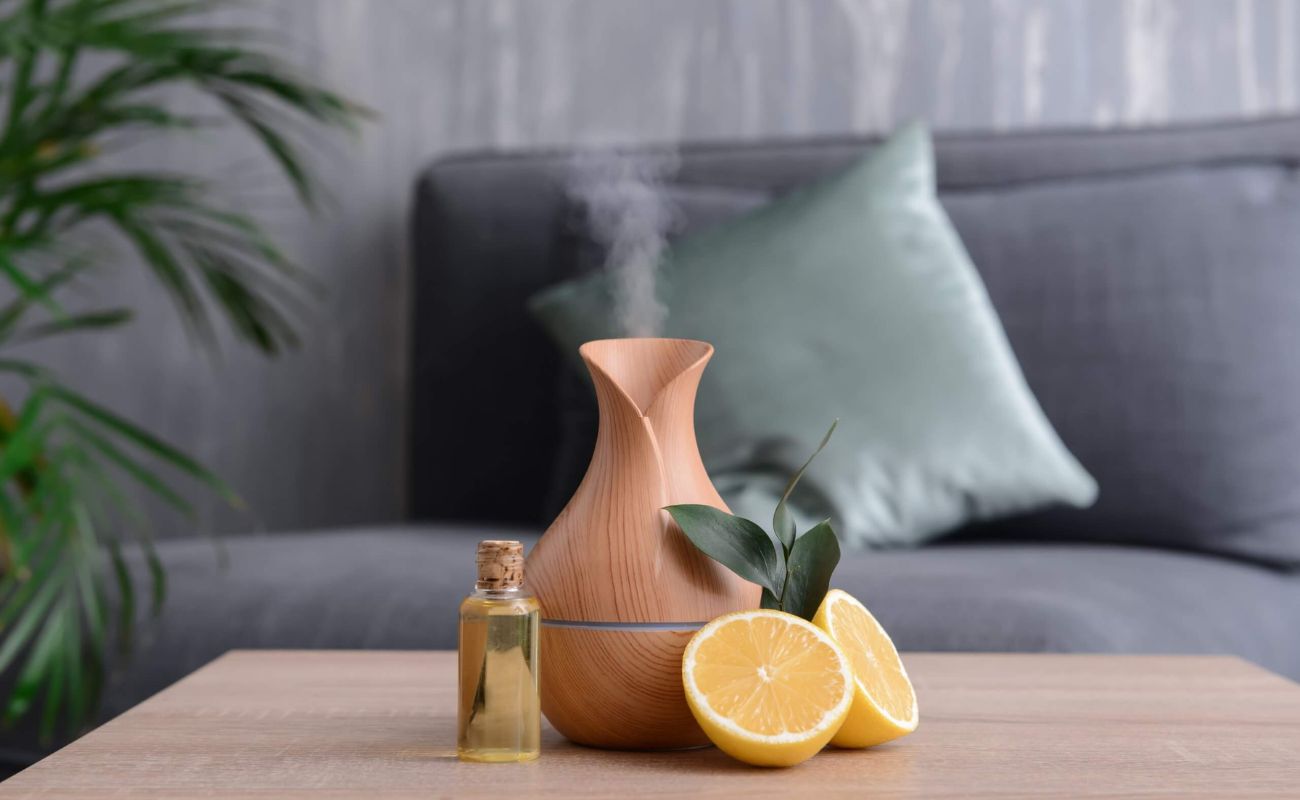
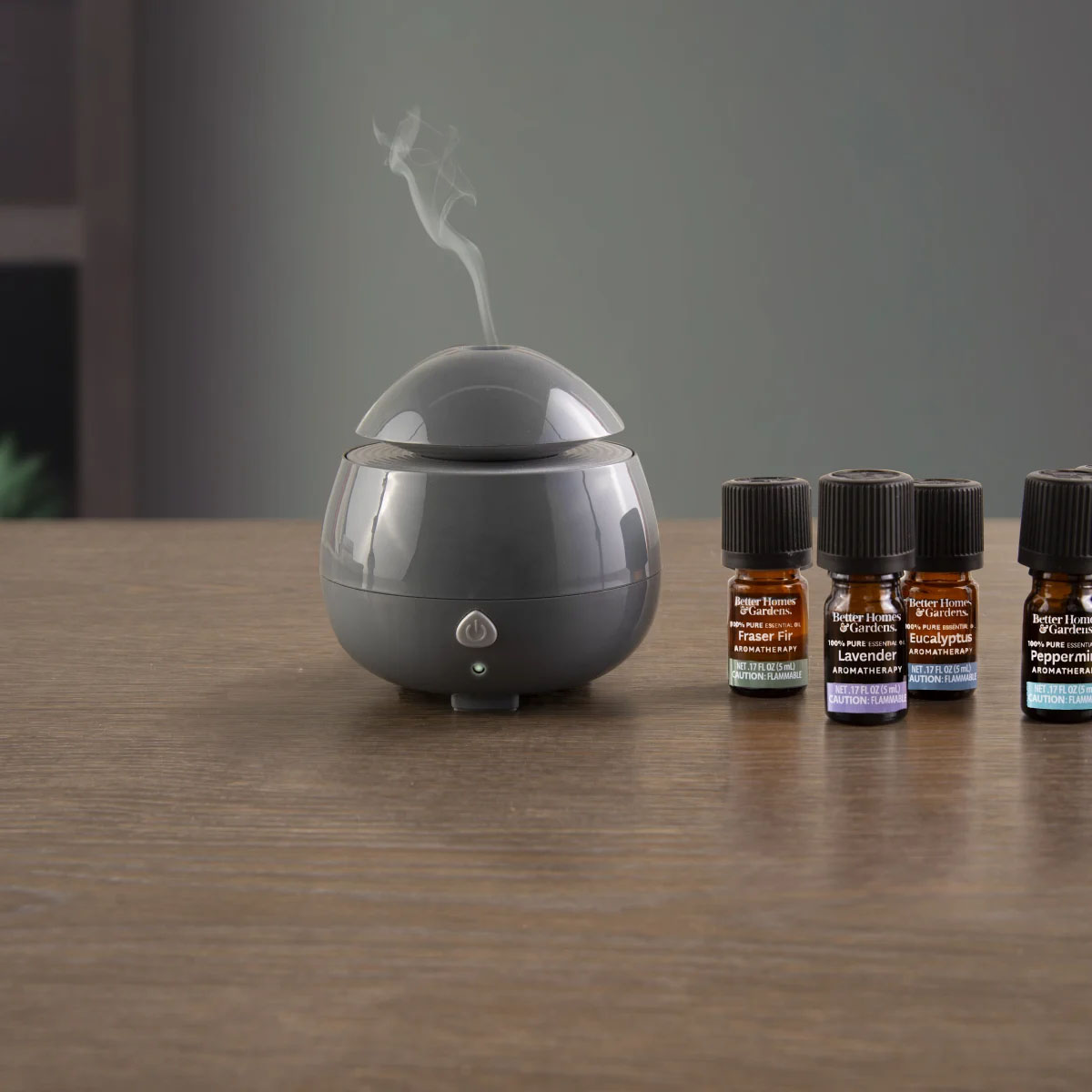
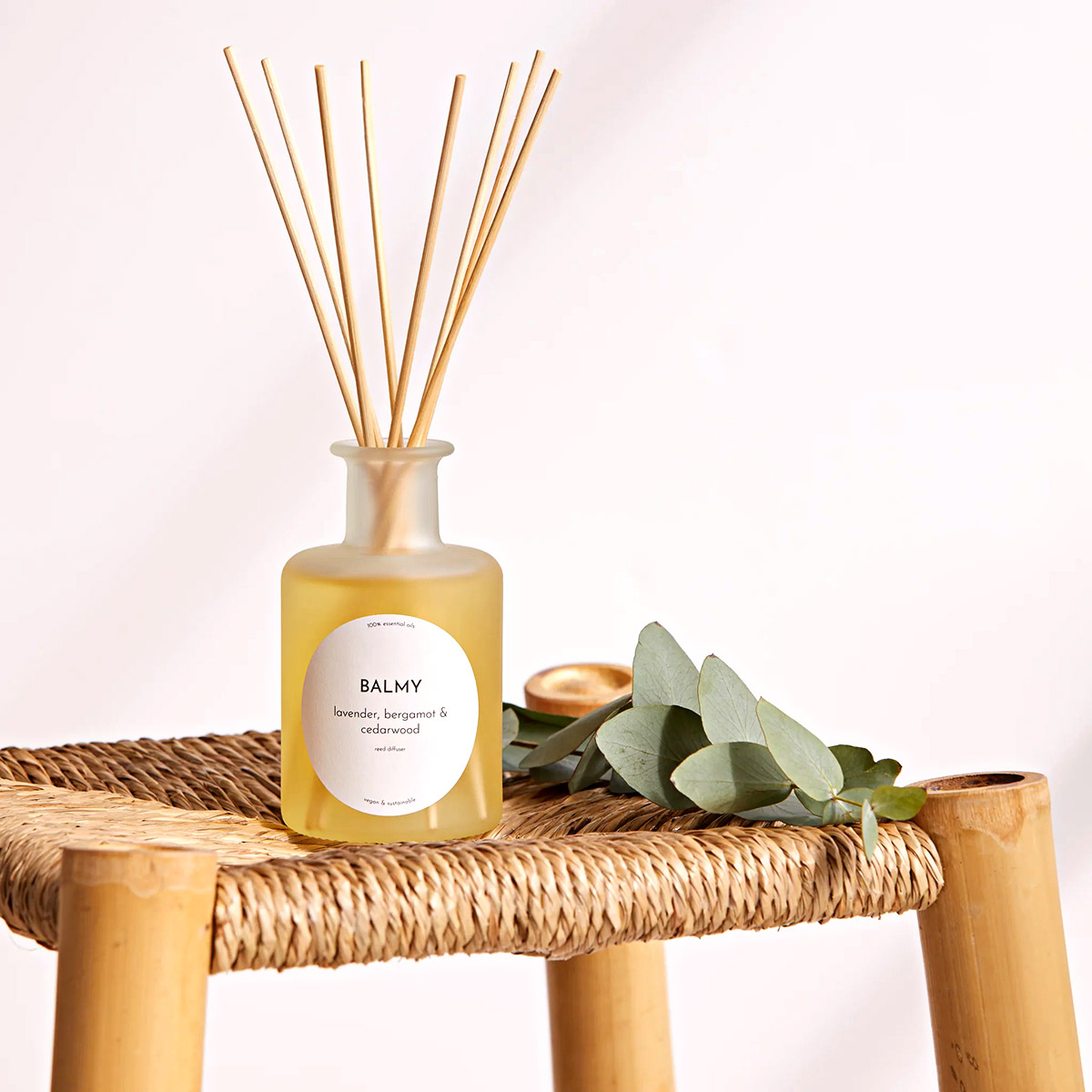
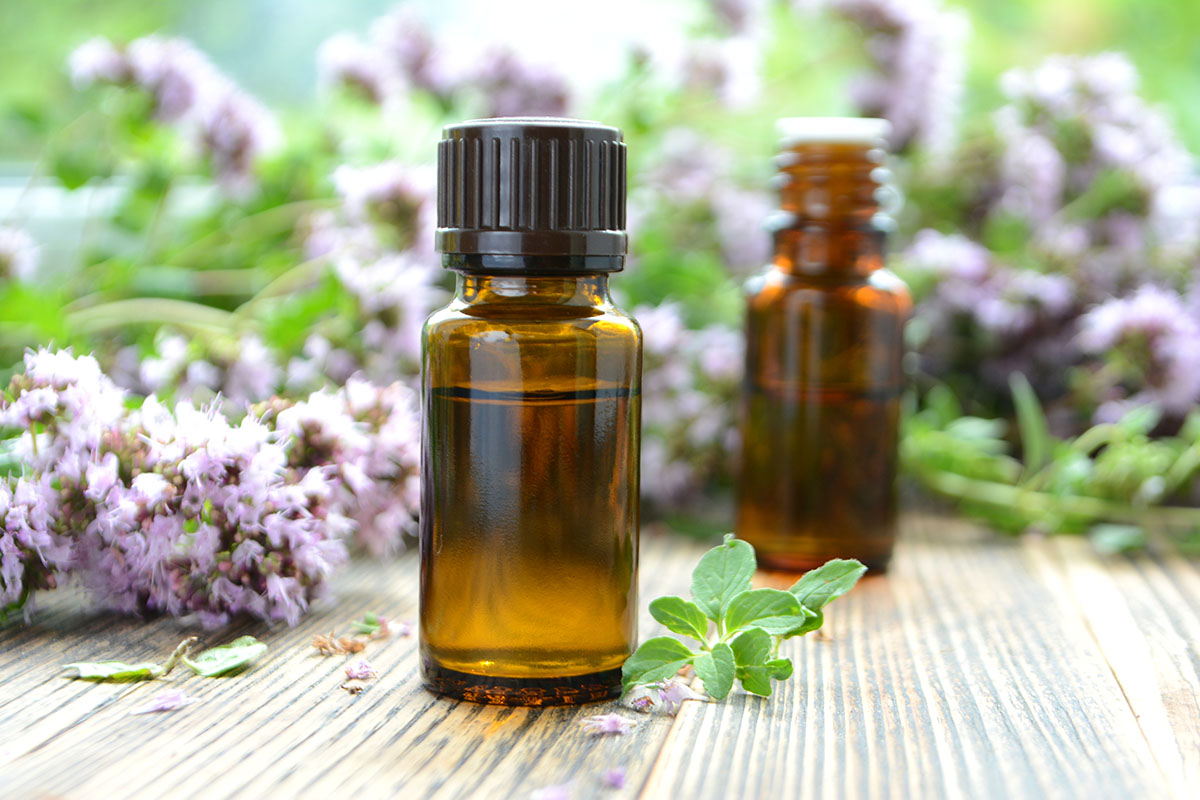
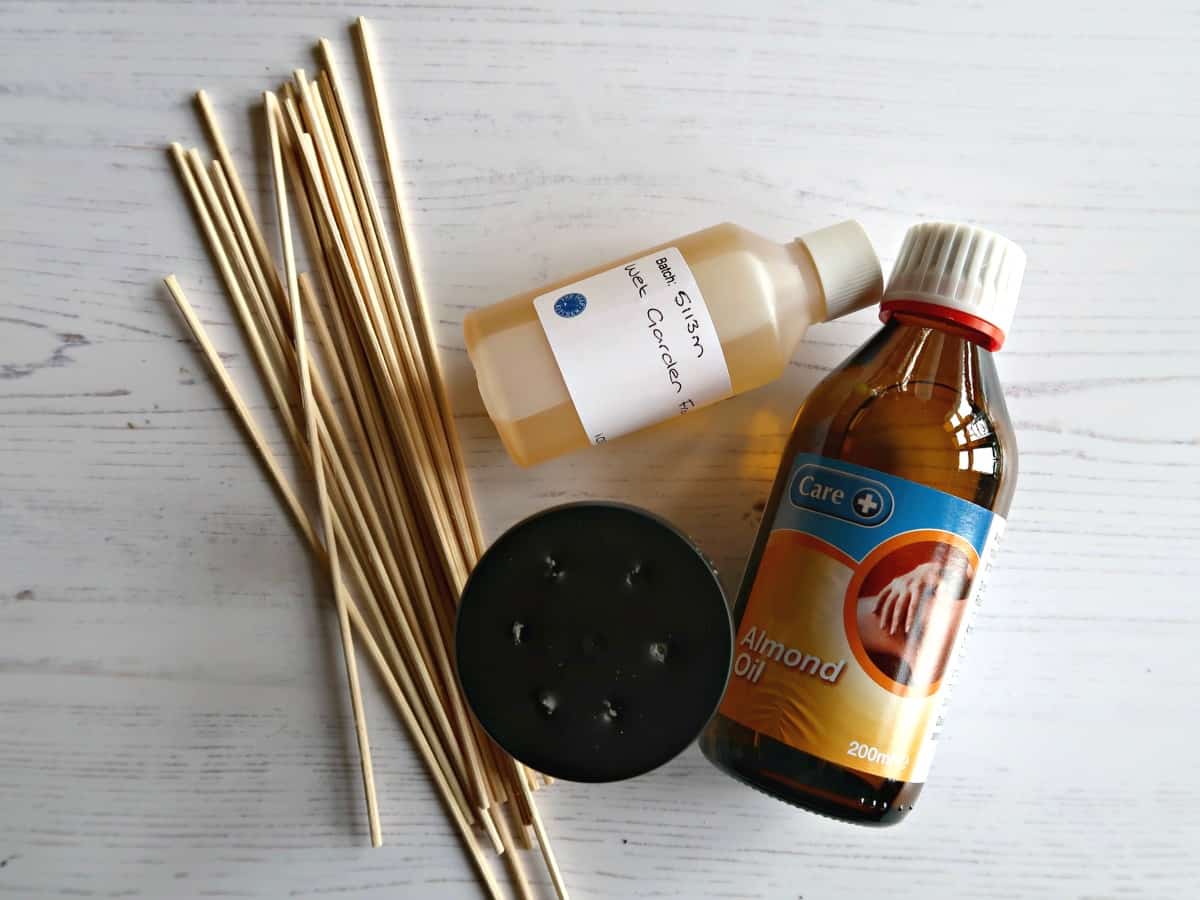
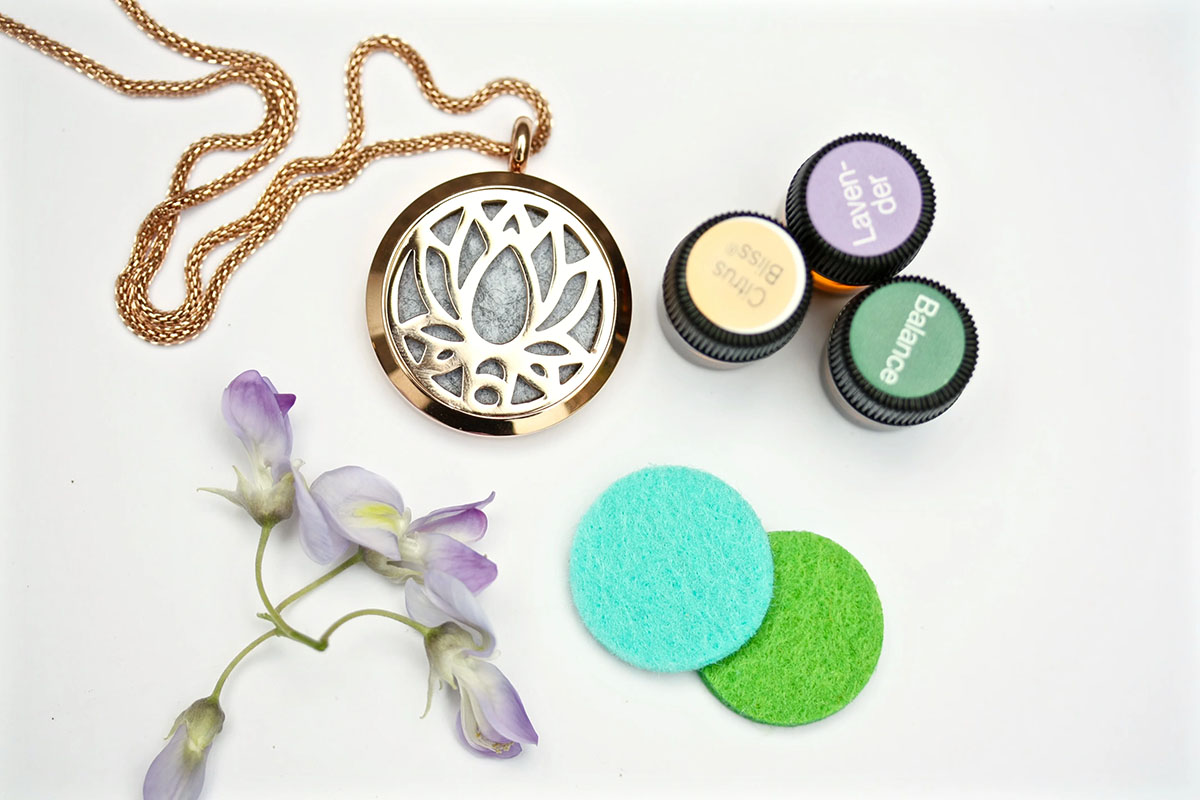
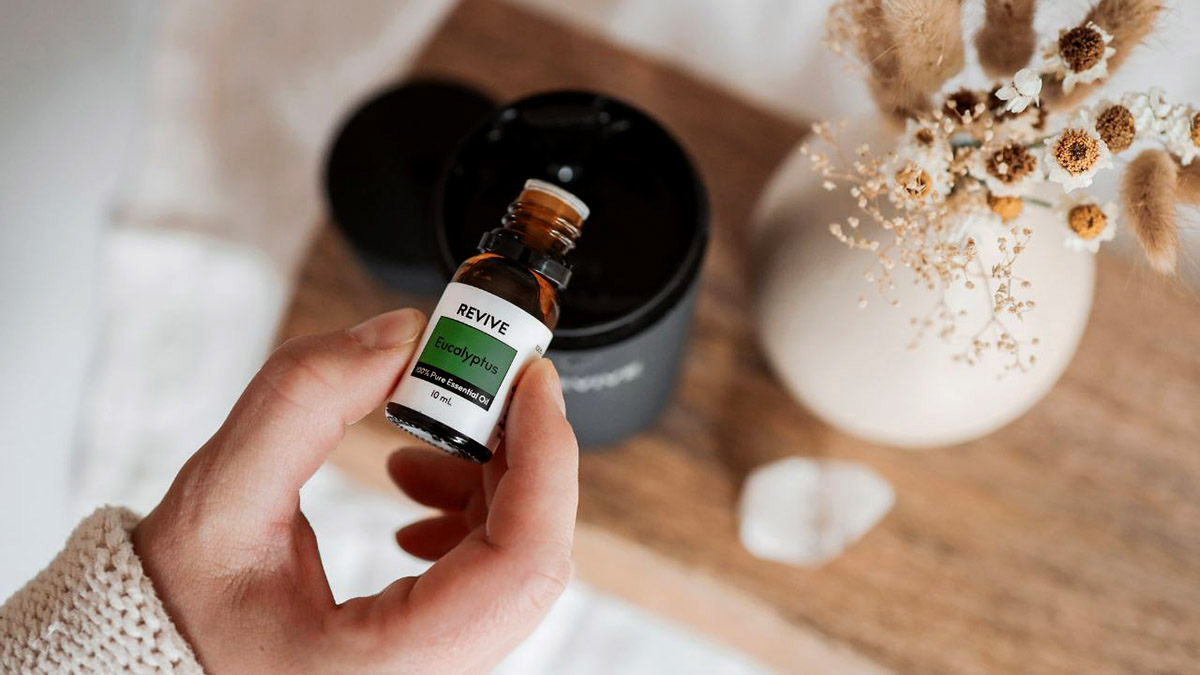
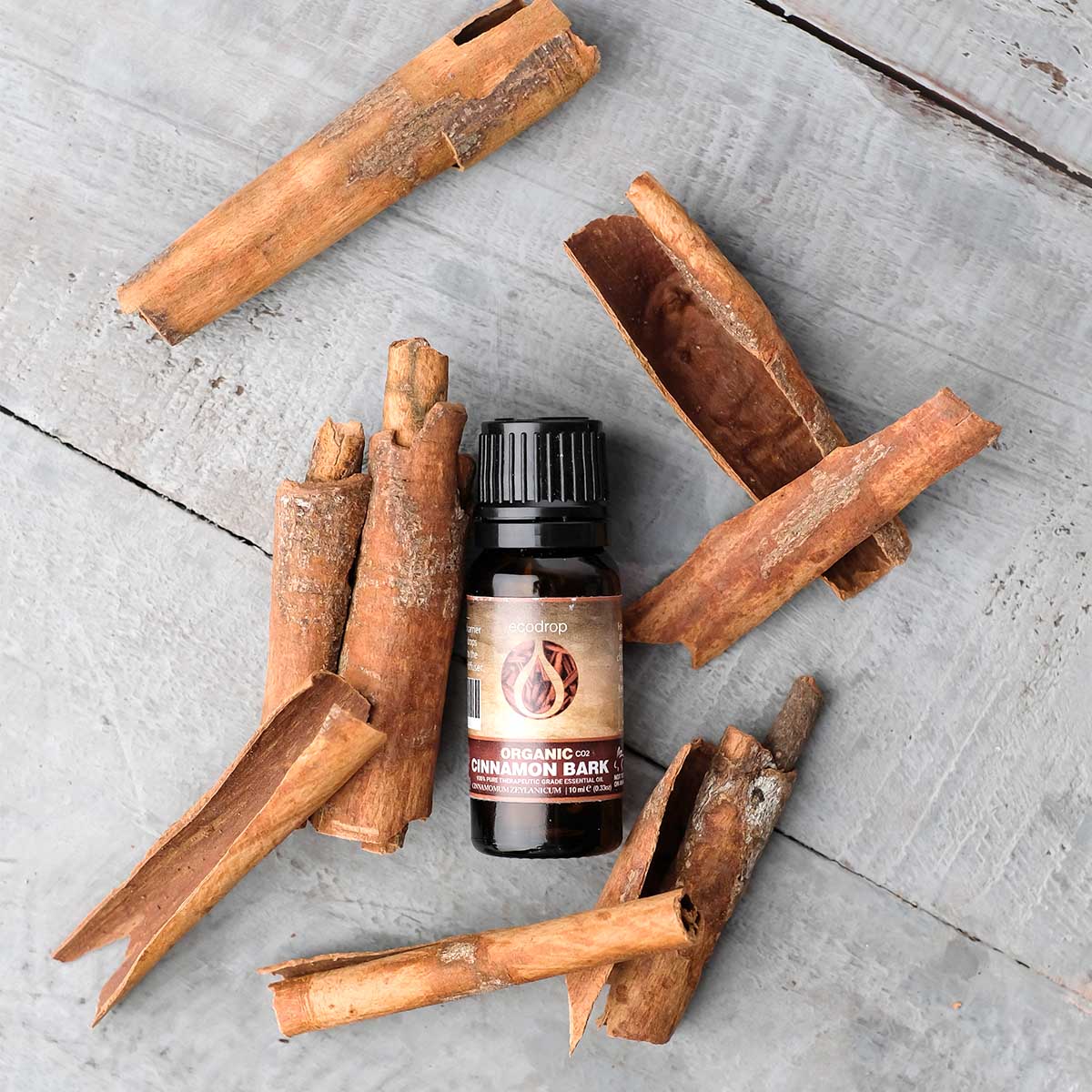
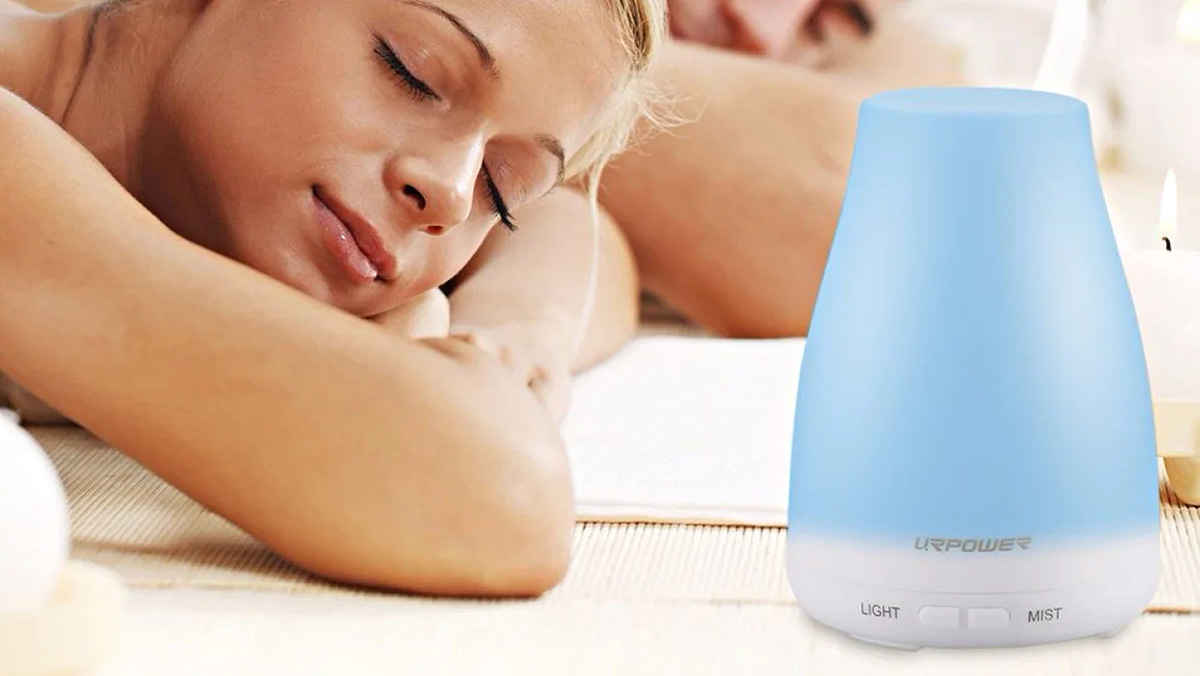
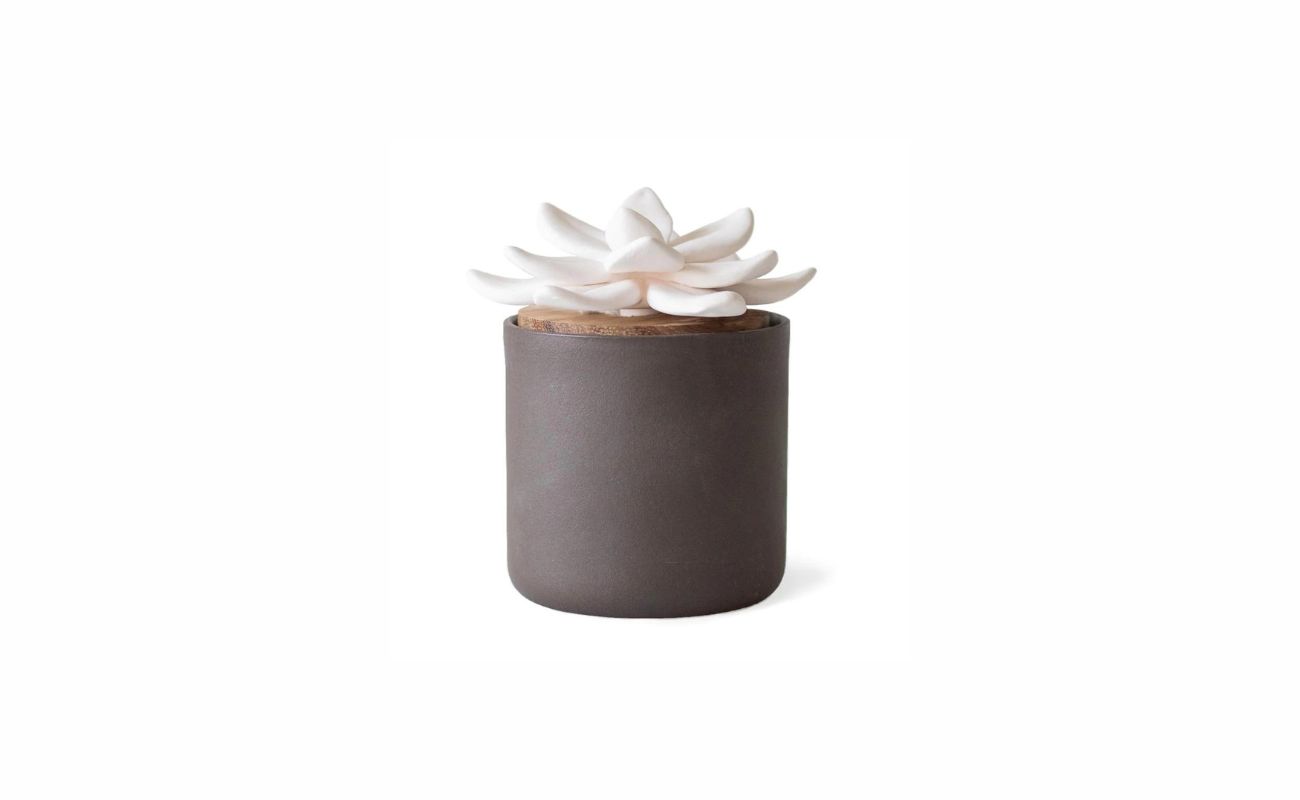
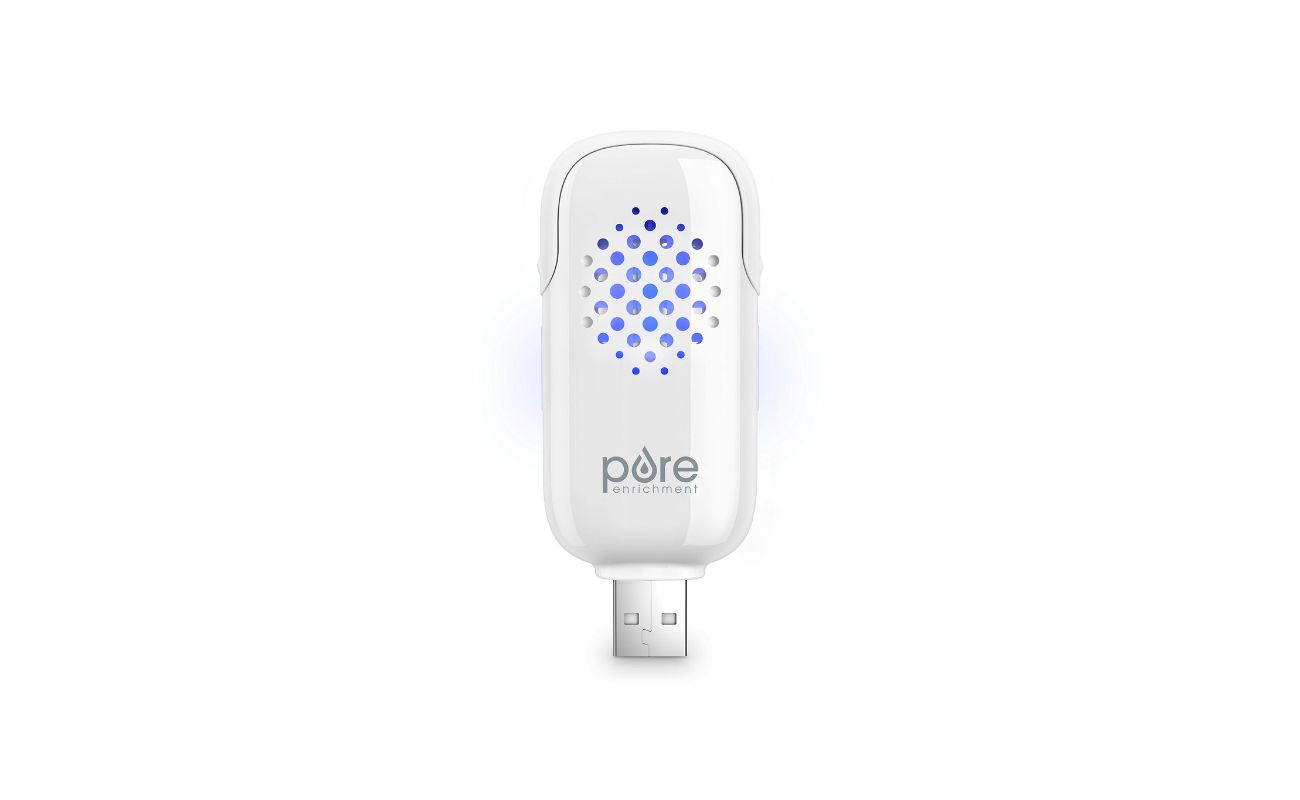
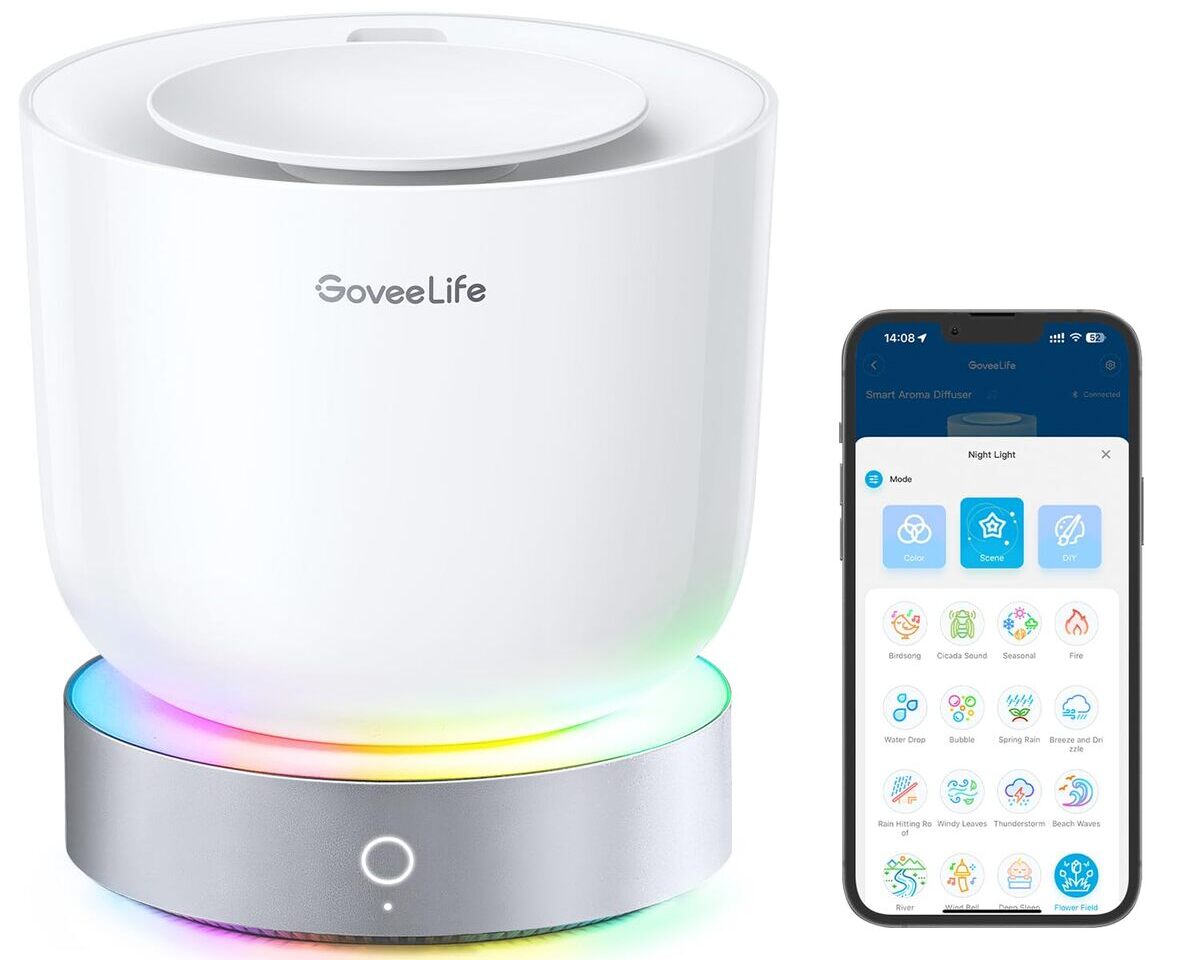
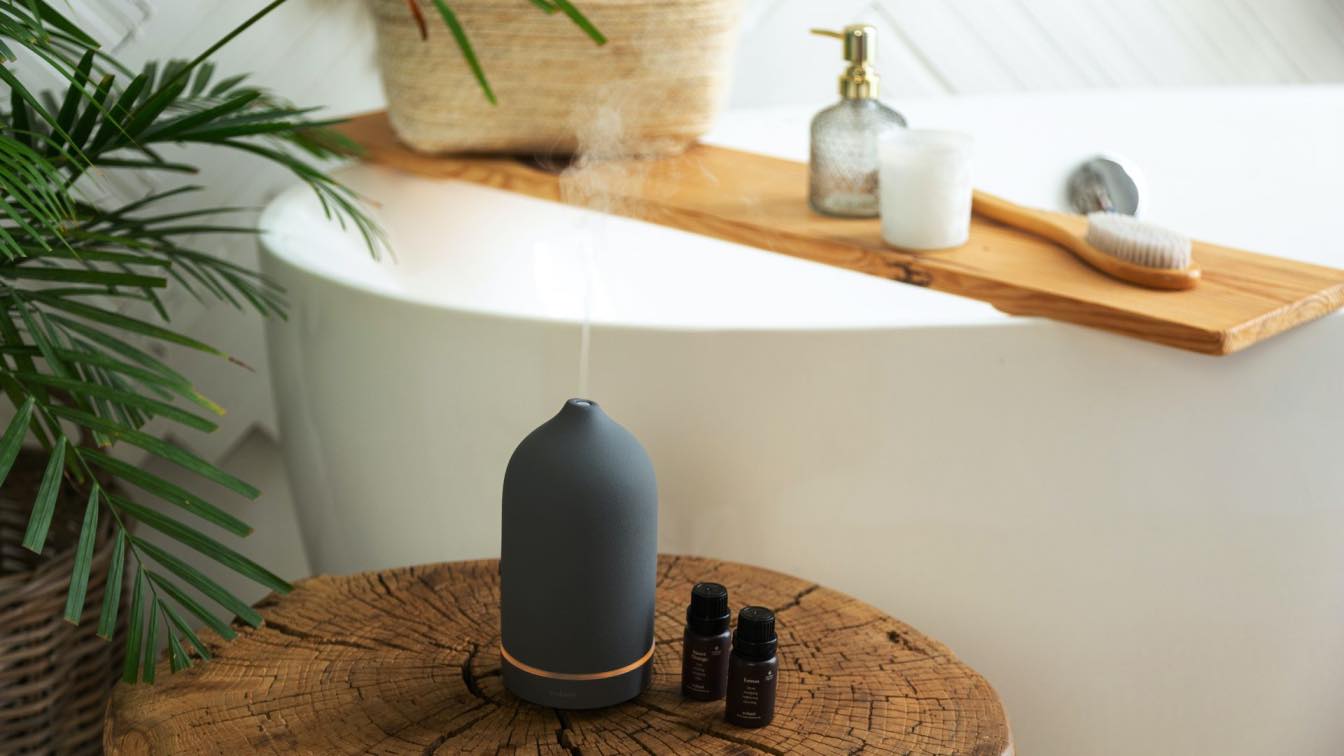
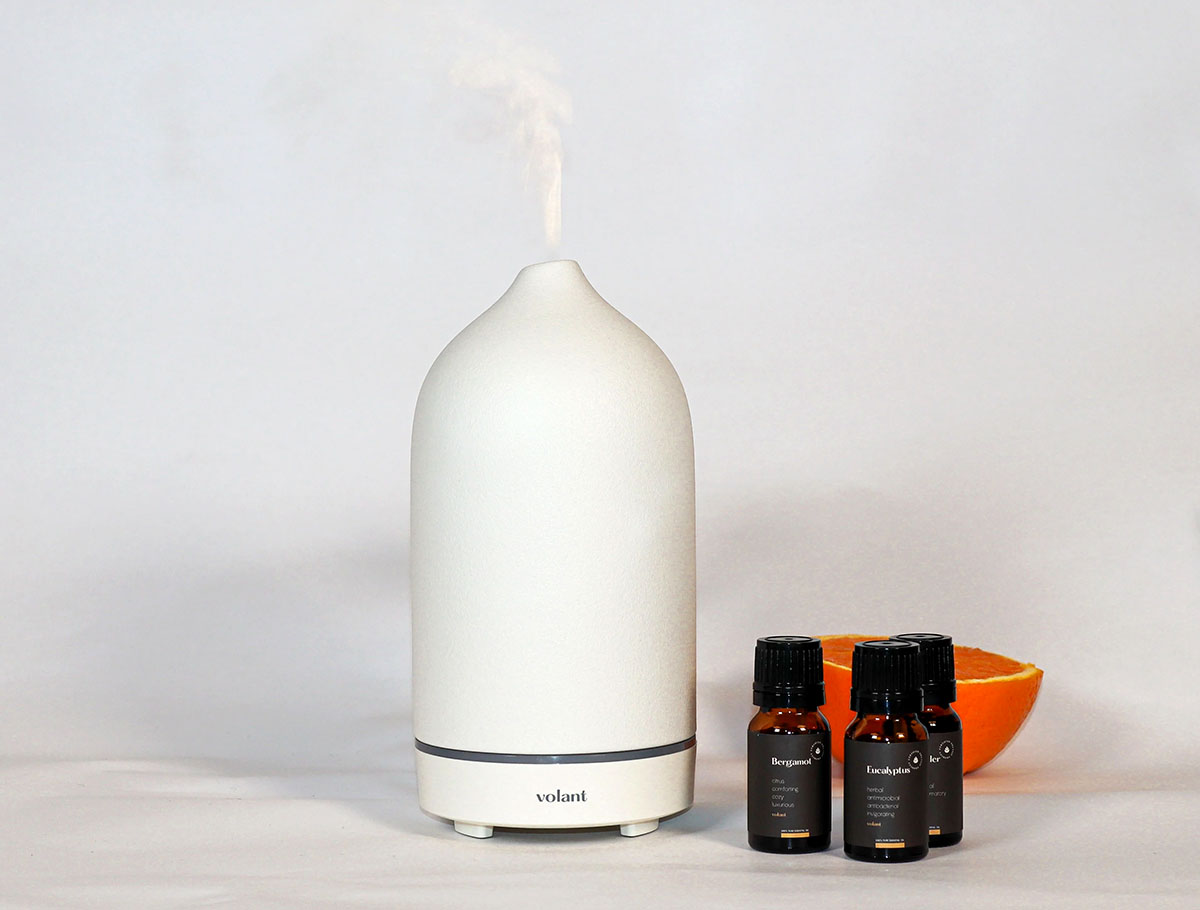

0 thoughts on “Why Is My Essential Oil Diffuser Not Working”